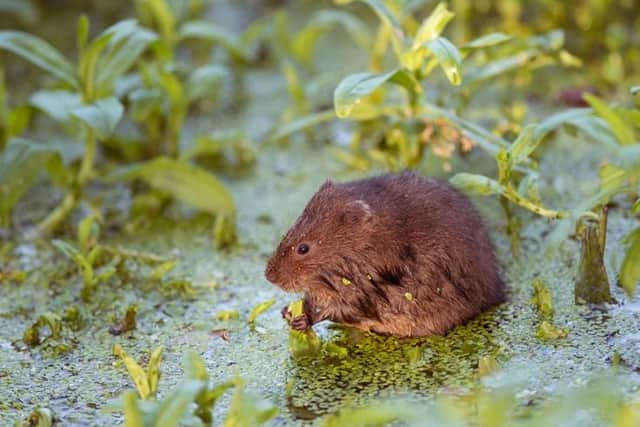Wildlife charity People’s Trust for Endangered Species (PTES) needs Lancashire volunteers to help save water voles
and live on Freeview channel 276
Wildlife charity People’s Trust for Endangered Species (PTES) runs the annual survey which requires volunteers to visit a local waterway and record their findings online: www.ptes.org/watervoles. The survey is part of PTES’ National Water Vole Monitoring Programme, which was set up in 2015 to try and combat the decline in water vole populations. Water voles underwent one of the most serious declines of any wild mammal in Britain during the 20th century, but with the help of volunteers their fate can be turned around.
Emily Sabin, Water Vole Officer at PTES, said: “We’re asking volunteers to find their nearest stream, ditch, river or canal, and look out for water voles, listen for their characteristic ‘plop’ as they dive into the water, or see the signs they leave behind - from footprints and burrows in the riverbank to feeding signs and droppings. Any sightings or signs of American mink should also be recorded.
Advertisement
Hide AdAdvertisement
Hide Ad“Last year 216 sites were surveyed, with 85 showing signs of water voles. We really hope even more people can take part this year to help us further understand how they are faring.”


Water voles have glossy dark brown fur and a blunt snout with small, black eyes. Their ears are rounded and almost hidden, and, unlike rats, they have a furry tail. They were once a common sight along Britain’s inland waterways, but loss and fragmentation of suitable habitat, combined with the arrival of non-native American mink in the 1980s and 1990s, has resulted in their decline.
Comment Guidelines
National World encourages reader discussion on our stories. User feedback, insights and back-and-forth exchanges add a rich layer of context to reporting. Please review our Community Guidelines before commenting.